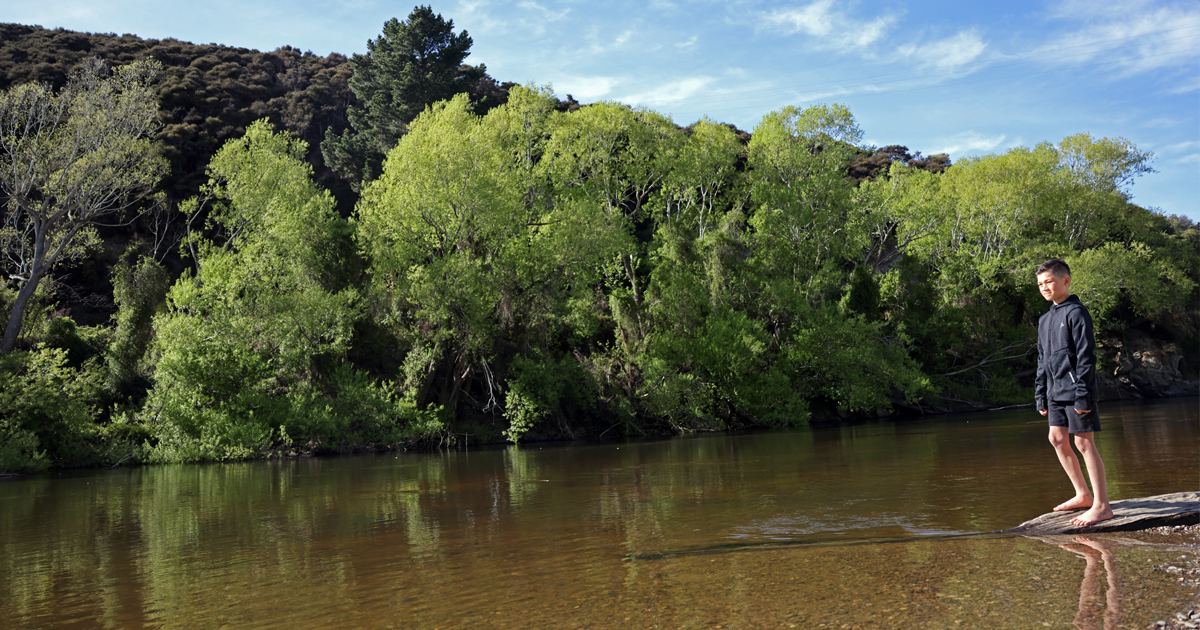Minister Simmonds asked whether reports that Federated Farmers and Beef + Lamb have seen in a case study, which estimates the amount the proposed Land and Water Regional Plan (pLWRP) would cost some Otago ratepayers, was from information held by ORC.
The Minister requests the information (see attached Letter) as part of her original s27 RMA request.
ORC Chair Gretchen Robertson says the Minister’s question around whether ORC holds information on the costs reported by media recently appears to be related to the recent Federated Farmers statements concerning the cost of delivering wastewater infrastructure.
“Regional Councils are not as well placed as District and City Councils to answer questions around 3 waters infrastructure costs.”
“ORC has not sought detailed information on the potential costs of land-based wastewater discharge as land-based treatment is not a specific requirement of the LWRP,” says Cr Robertson.
“We are aware of previous work completed by Central Otago District Council (CODC) which presented costs and options to their Council however this was a process led by that Council unrelated to the LWRP,” she says.
The council has been building and consulting on a draft plan since 2020. It has consulted more than 50 groups, including Federated Farmers, as well as the public and communities most likely impacted by any proposed water quality or quantity rules.
“We know through our current regulatory role that costs for water infrastructure are a significant challenge for councils in general.”
“These discussions are playing out as part of the introduction of Taumata Arowai, the water services regulator, and through the introduction of Local Water Done Well which is the Government’s plan to address New Zealand’s long-standing water infrastructure challenges,” she says.
Prof Skelton’s independent investigation of ORC identified the Council was already behind time in creating a fit for purpose planning framework to deal with a range of complex Otago water issues.
“As well as the external pressures for a better Plan it’s important to recognise the shared pride Otago people have in their environment and all the diverse ways we enjoy the social cultural and economic benefits of water,” she says.
“Whilst we have some excellent water quality in Otago, like other regions there are also significant degradation challenges for both urban and rural areas.”
“Leaving it too late risks further environmental degradation in Otago, given our current plan has been widely acknowledged as no longer fit for the task at hand,” she says.
ORC is still working under the central Government directive that its plan is not fit for purpose, it has not been revoked, and that the date has been extended.
The pLWRP is still being crafted through the planning process prescribed by Government, she says.
“We’ve been working on this Plan for the past 5 plus years. It takes a great deal of time to bring in robust science and community views. Other Councils across New Zealand are also working on their Plans too. Regional Plans have mechanisms which allow for change and adaptation over time.”
The old plan was “frustrating and stifling” for everyone involved, Cr Robertson says.
“ORC has been taking a pragmatic risk-based approach to address activities most likely to improve water quality and give enough time for community consultation and should rules be imposed, these need to be given enough time for changes to be implemented in a practical way. Sometimes success takes time,” she says.
“ORC has listened to the feedback received through the community engagement and formal pre-notification consultation and has amended the draft LWRP to reflect feedback on the practicality and costs of the draft rules.”
The current draft includes changes from earlier drafts such as taking account of existing riparian fencing, reducing livestock setbacks from waterbodies from 10m to 5m, and removing the requirement for sheep to be excluded from waterbodies, she says.
“It also allows for freshwater farm plans to manage many on-farm activities, such as intensive winter grazing and silage pits, rather than requiring a resource consent.”
Cr Robertson highlighted that democracy was important, as the diverse views of community get incorporated into plans and elected members bring their own diverse ideas.
“Maintaining diverse relationships is important and having robust local solutions to local issues is really important to us,” she says.
“We’ve really appreciated the generous input gained from the additional consultation we have put into play, and with more to come in the future,” Cr Robertson says.
“It will then be formally consulted on and everyone gets a chance to submit,” she says.
An independent panel would then assess the submissions.
“Multiple changes in freshwater legislation have been occurring, but Councils in the meantime need to continue to meet their obligations to community and waterways through these changes. We need to wade our way through a constantly shifting playing field at present,” says Cr Robertson.
The request follows Minister Simmonds review of an earlier ORC report, requested under s27 of the RMA, which outlined costs, benefits, and the implications of notifying the pLWRP ahead of the coalition Government’s review of the National Policy Statement for Freshwater Management 2020 (NPS-FM).
Cr Robertson acknowledged and thanked the Minister for her letter, highlighting that ORC was working with Government toward its proposed changes to review and replace the NPS-FM.
“While the likelihood of proposed changes has been well reported, we’re waiting for confirmation and the details around what the replacement legislation will be.”
“We will continue working closely with the Minister and MfE and will be addressing the matters raised by the Minister in her letter,” she says.


